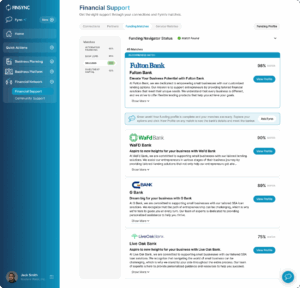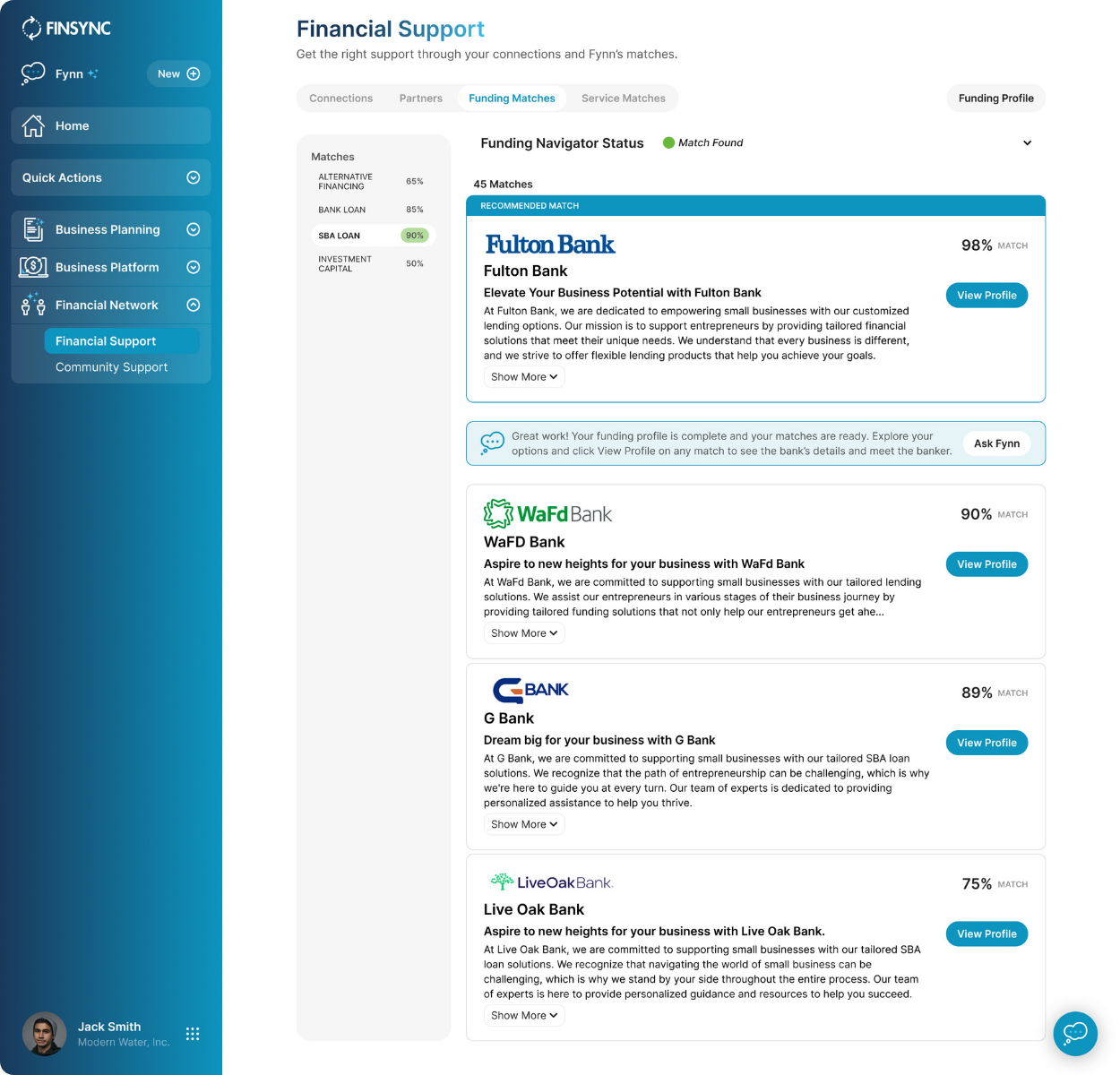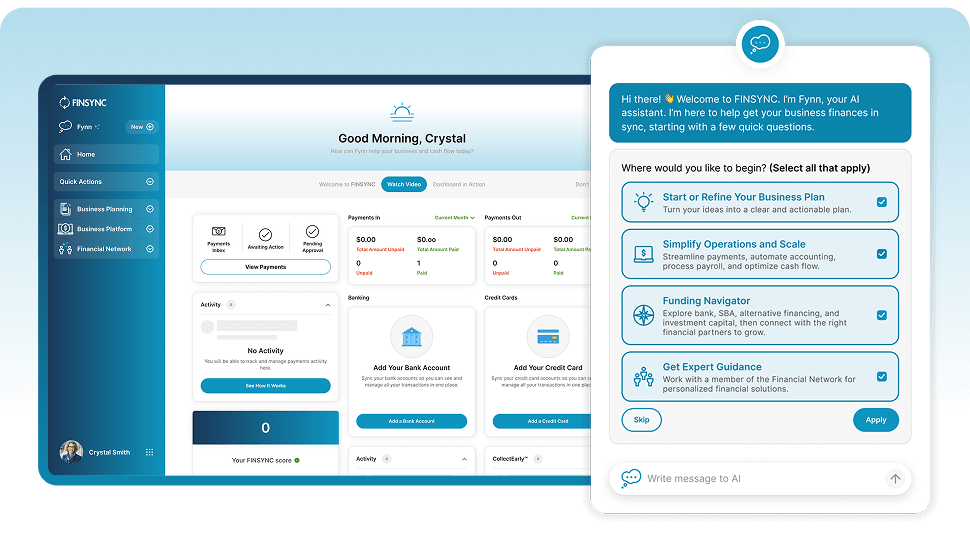If you are trying to grow your business and need funding to make it happen, an SBA loan may be one of your best options. These loans offer better terms and higher approval rates than traditional bank loans. However, one thing often stands between you and approval: your business plan.
Many small business owners either skip this step or rush through it. That can be a costly mistake. A solid business plan suggests to lenders that you understand your business, the market, and your financial numbers. It gives them confidence that your business will succeed and repay the loan.
This guide will show you how to write a business plan that supports your loan application and sets your business on the right path.
Why Lenders Care About Your Business Plan
The U.S. government backs an SBA loan. However, banks and credit unions still handle the actual lending. That means your plan needs to meet their standards. SBA Lenders want to see a clear strategy with strong reasoning behind every number and decision. They need to understand how your business operates, your growth plans, and how you intend to repay the loan. A good business plan makes their job easier. It helps them say yes.
Business Plan Sections That Matter Most
You can follow a simple format. Do not overthink it. Focus on being transparent, direct, and specific.
• Executive Summary: Start with a short overview of your business. State the name, what it does, who it serves, and why you are seeking funding. Specify the amount of money you need and how you intend to use it. Keep this section short. One paragraph is enough.
• Company Overview: Give a little background. When did you start? What is your mission? Where are you located? Who owns the business? If you have reached any major milestones, such as hitting a revenue goal, expanding locations, or winning an award, include those here. This is where lenders gain insight into your journey.
• Market Analysis: Show that you know your industry and its customers. What kind of demand exists for your product or service? How large is your market? Who are your competitors? How are you different? Use local and national data when possible. If you serve a specific community or niche, be sure to mention it. Lenders want to see that you understand your position and potential.
• Products or Services: Describe what you sell in simple terms. Focus on the problem you solve for your customers. Highlight any features that make your product or service stand out. If you offer different tiers, plans, or pricing, explain them briefly. This helps you showcase your revenue potential.
• Marketing and Sales Strategy: Explain how you plan to attract and retain customers. What channels do you use, like social media, ads, referrals, or local events? How much do you spend to acquire a customer? What does your sales process look like? If you have a loyalty program or repeat business strategy, mention it here. This section should prove that you have a well-defined growth plan.
• Operations Plan: Walk through how your business runs. Who handles what? What systems do you use to manage sales, inventory, or payroll? If you have vendors, partners, or key tools that help things run smoothly, list them. If you are applying for funds to improve operations, tie that into this section.
• Management Team: Lenders want to know who is leading the business. Share a few lines about yourself and any other leaders. Focus on experience that relates to running a business. This could include education, past jobs, or industry knowledge. You do not need lengthy bios, just the highlights.
• Financial Plan and Projections: This part takes some work, but it matters the most. Include your income statement, balance sheet, and cash flow statement for the past one or two years, if available. If you are a new business, use your financial statements and startup projections to inform your decision. Then, add your forecast for the next two to three years. Show expected revenue, expenses, profit, and cash flow. Use real assumptions based on data and trends.
Next, break down how you will use the SBA loan. Be specific. For example, $25,000 for equipment, $10,000 for hiring, and $15,000 for marketing. Then explain how this will lead to growth and repayment. Lenders want to ensure that your numbers are accurate and that your loan request aligns with your financial plan.
Common Mistakes That Can Hurt Your Plan
Avoid vague language. Do not say things like “We expect strong growth” without showing how. Do not inflate your numbers to impress. Lenders will see through it. Be realistic.
Avoid copying a template without personalizing it. Lenders read hundreds of plans. Funders can tell when a plan does not match the business.
Also, ensure that the plan aligns with your loan request. If you are requesting $50,000, your plan should clearly outline what that amount will enable you to achieve. Do not leave gaps.
Strengthening Your Business Plan
Consider including charts or graphs to illustrate your numbers. Visuals can make financial information clearer and more engaging.
Ask someone you trust to review your plan. Ideally, choose someone with experience in business or finance. A second opinion can help catch mistakes or unclear parts.
Include any documents that support your story. These might be licenses, supplier contracts, customer testimonials, or lease agreements.
Consider using a business planning tool that focuses on SBA loans. FINSYNC’s AI assistant, Fynn, can guide you through the entire business plan process, help with projections, and even make sure you meet lender expectations.
Looking Ahead
Writing a business plan doesn’t have to be complicated. Start by outlining the key parts. Fill in what you know. Take your time with the numbers. Be honest, specific, and practical.
Lenders want to say yes. Your business plan helps them feel confident doing so. When you indicate what your business does, why it works, and how the loan aligns with your future goals, you enhance your chances of approval and support your business growth.
The good news? You don’t have to figure it all out alone. With the right tools, planning your business can feel less overwhelming and more manageable. Technology helps you shape your ideas, test what works, and show others you’re serious about turning your plans into reality.





















